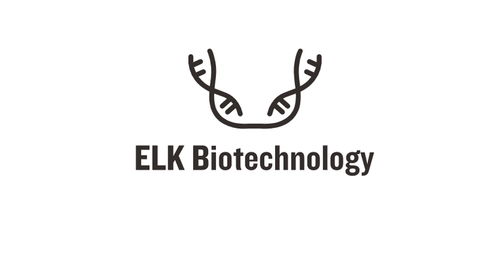Product Description
Rat Uromodulin (UMOD) ELISA Kit | AE59433RA | Abebio
Species Reactivity: Rat (Rattus norvegicus)
Abbreviation: UMOD
Alternative Name: ADMCKD2; FJHN; HNFJ; HNFJ1; MCKD2; THGP; THP; Tamm-Horsfall glycoprotein|uromodulin (uromucoid; Tamm-Horsfall glycoprotein) |uromucoid
Application: ELISA
Range: 0.156-10 ng/mL
Sensitivity: 0.067 ng/mL
Intra-Assay: ≤4.7%
Inter-Assay: ≤7.8%
Recovery: 1, 06
Sample Type: Serum, Plasma, Other biological fluids
Detection Method: Sandwich
Analysis Method : Quantitive
Test Principale: This assay employs a two-site sandwich ELISA to quantitate UMOD in samples. An antibody specific for UMOD has been pre-coated onto a microplate. Standards and samples are pipetted into the wells and anyUMOD present is bound by the immobilized antibody. After removing any unbound substances, a biotin-conjugated antibody specific for UMOD is added to the wells. After washing, Streptavidin conjugated Horseradish Peroxidase (HRP) is added to the wells. Following a wash to remove any unbound avidin-enzyme reagent, a substrate solution is added to the wells and color develops in proportion to the amount of UMOD bound in the initial step. The color development is stopped and the intensity of the color is measured.
Product Overview: Uromodulin, the most abundant protein in normal urine. Its excretion in urine follows proteolytic cleavage of the ectodomain of its glycosyl phosphatidylinosital-anchored counterpart that is situated on the luminal cell surface of the loop of Henle. Uromodulin may act as a constitutive inhibitor of calcium crystallization in renal fluids. Excretion of uromodulin in urine may provide defense against urinary tract infections caused by uropathogenic bacteria. Defects in this gene are associated with the autosomal dominant renal disorders medullary cystic kidney disease-2 and familial juvenile hyperuricemic nephropathy. These disorders are characterized by juvenile onset of hyperuricemia, gout, and progressive renal failure. While several transcript variants may exist for this gene, the full-length natures of only two have been described to date.
Stability: The stability of ELISA kit is determined by the loss rate of activity. The loss rate of this kit is less than 5% within the expiration date under appropriate storage condition. The loss rate was determined by accelerated thermal degradation test. Keep the kit at 37°C for 4 and 7 days, and compare O.D.values of the kit kept at 37°C with that of at recommended temperature. (referring from China Biological Products Standard, which was calculated by the Arrhenius equation. For ELISA kit, 4 days storage at 37°C can be considered as 6 months at 2 - 8°C, which means 7 days at 37°C equaling 12 months at 2 - 8°C) .
 Euro
Euro
 USD
USD
 British Pound
British Pound
 NULL
NULL








